New photochemical diode artificial photosynthesis system doubles efficiency of solar water splitting
Green Car Congress
MAY 4, 2018
Researchers in Canada have demonstrated a new photochemical diode artificial photosynthesis system that can enable efficient, unassisted overall pure water splitting without using any sacrificial reagent. overall water splitting reaction. These free charges split water molecules into hydrogen and oxygen. … in neutral (pH?~?7.0)












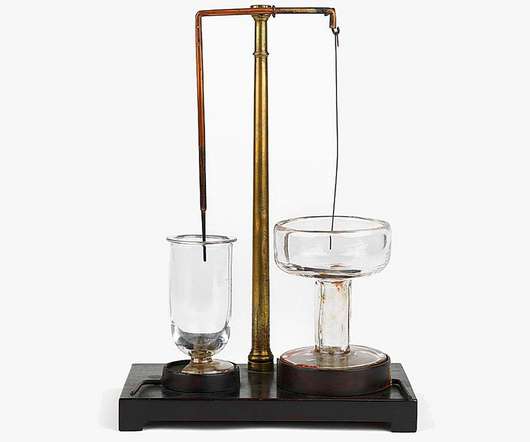
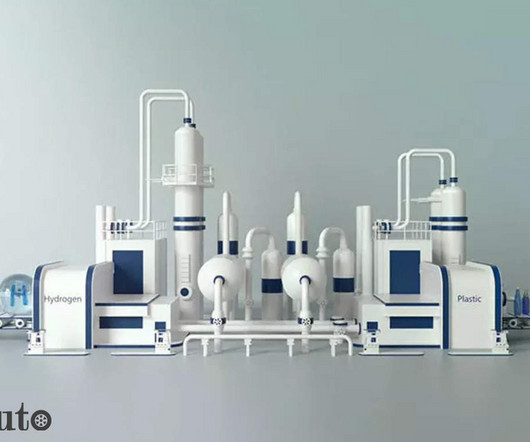

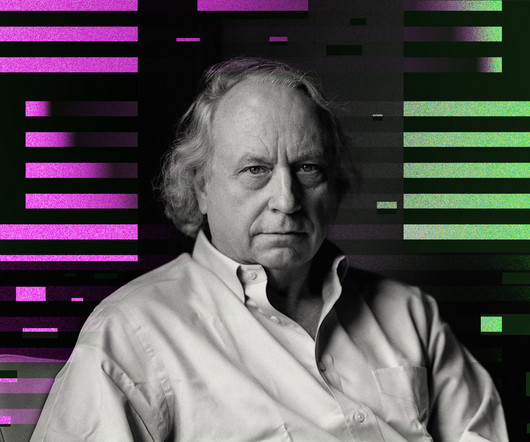

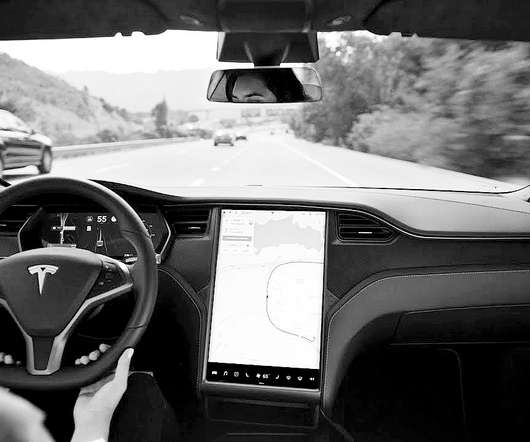










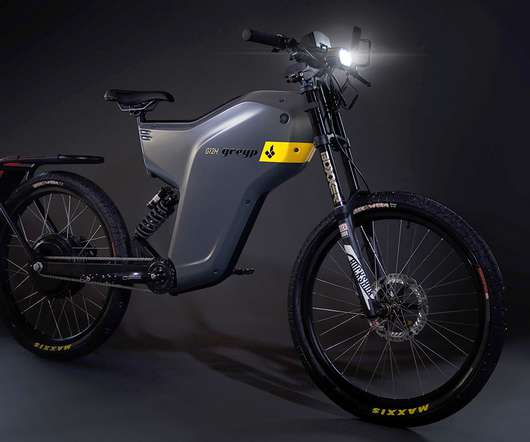






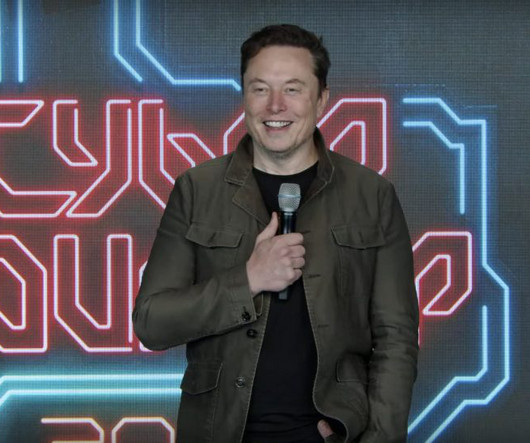






Let's personalize your content